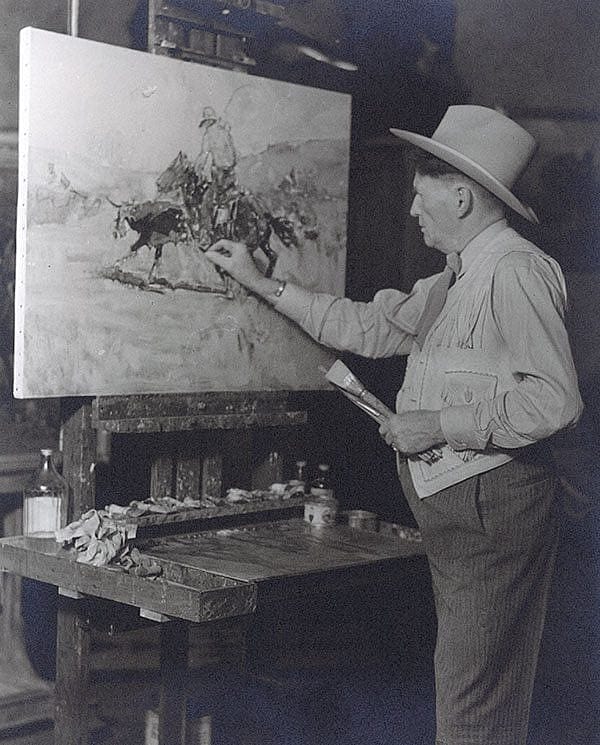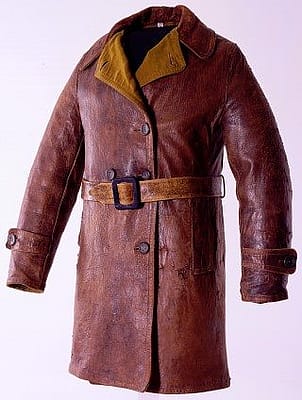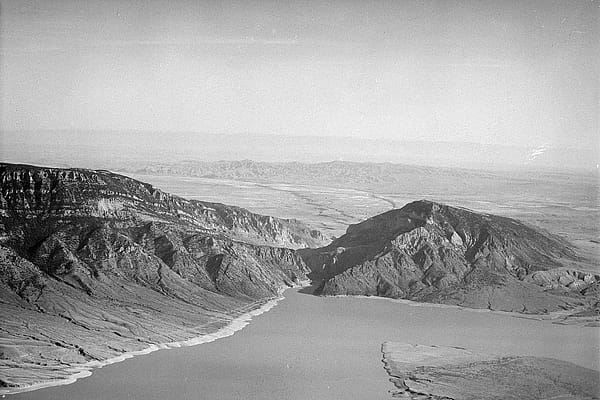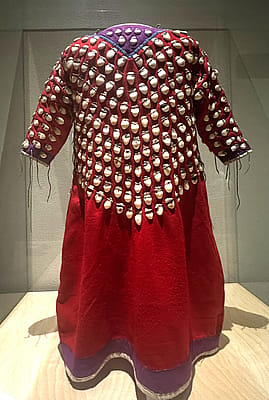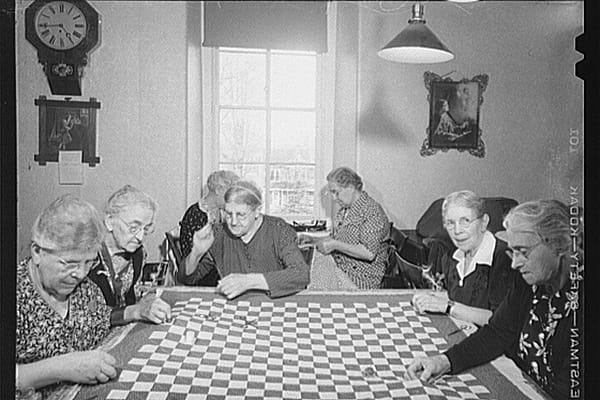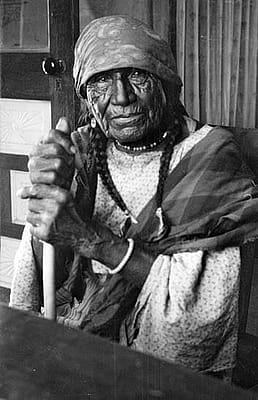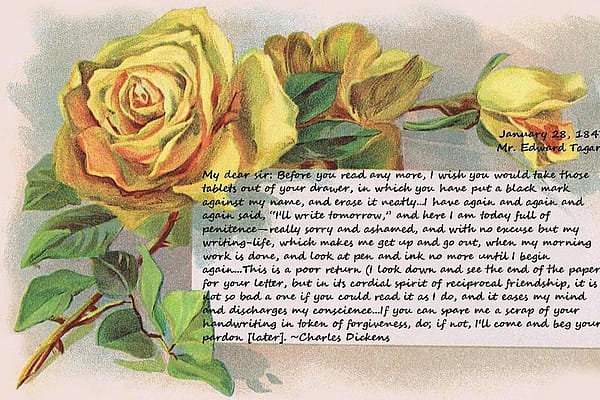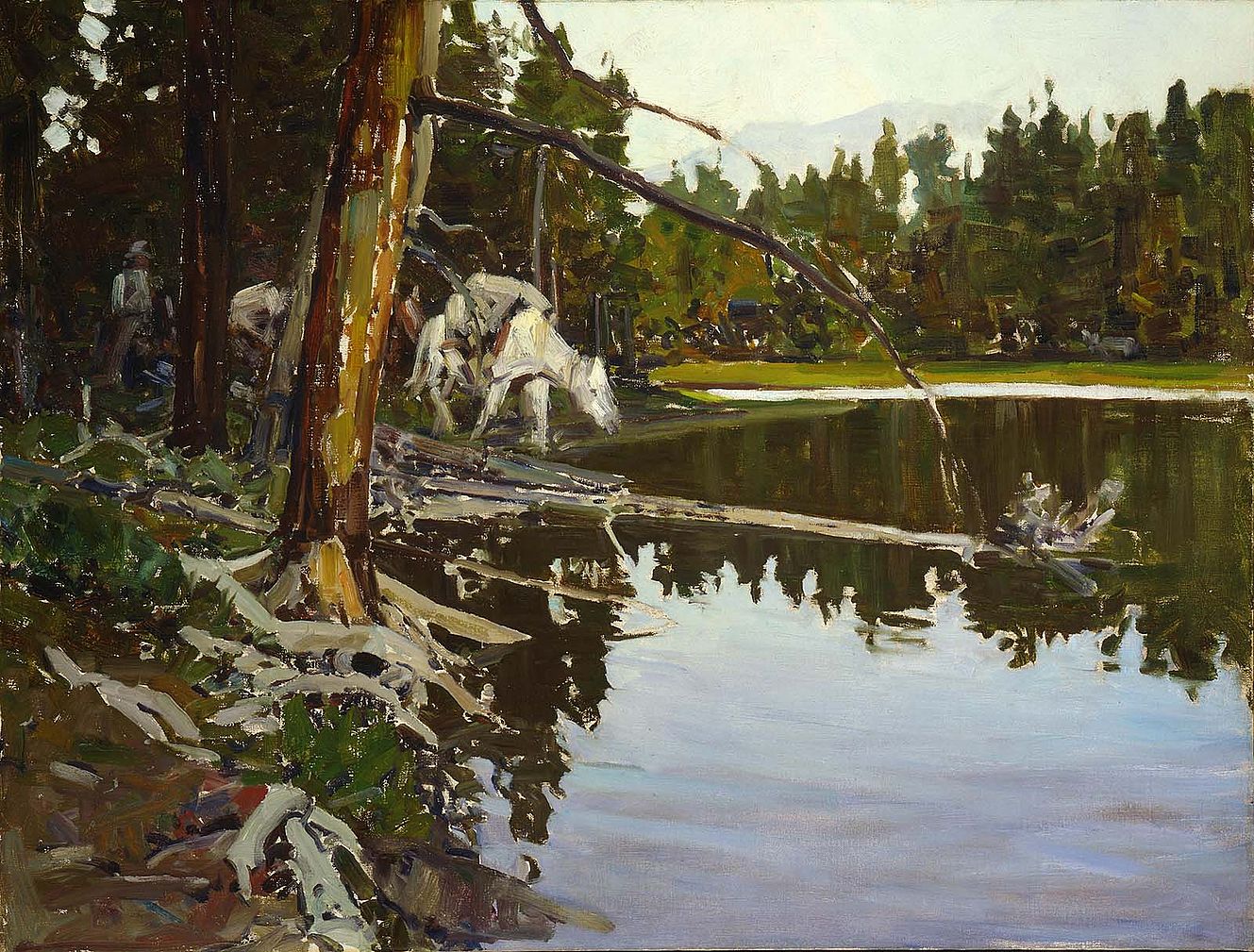
Frank Tenney Johnson: a fatal kiss
“Frank Tenney Johnson was at the apex of his career as a painter of America’s West in December 1938 when he and his wife accepted an invitation to have dinner and attend a sports event with some friends,” Gene Ball, Buffalo Bill Center of the West’s public relations director wrote in the fall 1979 Center newsletter.
“In greeting the other couple, Johnson gave the lady a sociable kiss. This friendly greeting proved to be an internecine gesture. The lady was a carrier of spinal meningitis, and two weeks later, both she and Johnson would succumb to the dreaded disease.”
Johnson (1874 – 1939) was a tall, good-looking son of an Iowa farmer. In the early 1900s, he spent much time in the western part of the country experiencing ranch life firsthand and storing information for future paintings. In addition to his cowboy chores, which he handled well, Johnson started a photographic record which eventually numbered more than four thousand negatives.
His initial success came as an illustrator. In 1905, one of his paintings was reproduced on the cover of Field and Stream magazine. Soon he had other assignments for important magazines and illustrated books for successful authors such as Zane Grey. In The Frank Tenney Johnson Book, Dr. Harold McCracken writes, “… he had what was probably the widest exposure of any living artist, by his works being reproduced in the best magazines and western books of the era.”
Johnson continually made sketching trips to the West and Southwest. Eventually he established himself in California, but he also maintained a summer studio between Cody, Wyoming, and Yellowstone Park—a favorite locale for his paintings.
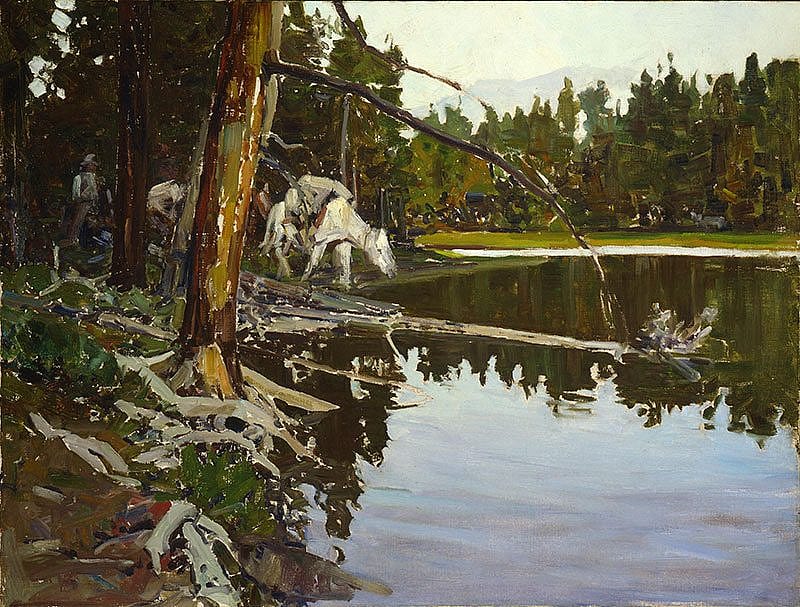
Johnson was the recipient of numerous awards and recognitions. The most important came in 1937, less than two years before his death, when he was named a National Academician by the National Academy of Design.
One of his unique qualities as an artist was his ability to paint nocturnal scenes. Many of his canvases are illuminated only by moonlight and starlight. A classic nocturne painting titled Somewhere on the Range sat on his easel, complete except for his signature, when he was taken to the hospital about Christmastime. When the doctors diagnosed his illness as spinal meningitis, hospital staff immediately quarantined the artist. He died in the early hours of New Year’s Day 1939. The friend’s wife whom he had greeted with that fatal kiss had died a few days earlier.
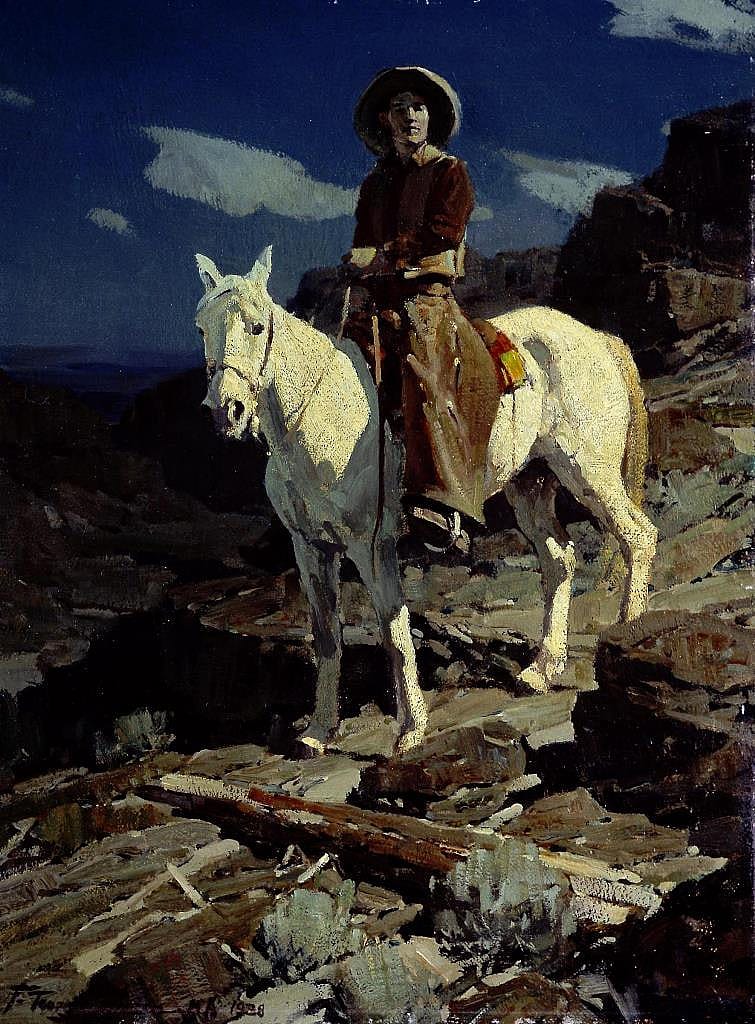
Search our online collection for a look at other paintings by Frank Tenney Johnson in the Center’s Whitney Western Art Museum collection. Plus, our archives contain a collection of numerous negatives, several hundred original photographic prints, and an assortment of newspaper clippings, personal correspondence, art prints, and illustrations.
~From Gene Ball in the fall 1979 Center newsletter.
Written By
Marguerite House
Marguerite House served as the Center of the West’s Acting Director of Public Relations until her retirement at the end of 2018, and as editor of its member magazine, Points West, through May 2019. Following a seven-year stint as Business Manager for the Cody Country Chamber of Commerce, Marguerite moved “across the street” to the Center in 1999. She then held five different positions in three of the Center’s four divisions, landing in PR in 2005. “I think that [gave] me all kinds of perspectives for our readers,” she says. She enjoys writing (especially a weekly column for the local newspaper called “On the House”), cooking, and spending time with her six grandkids.
